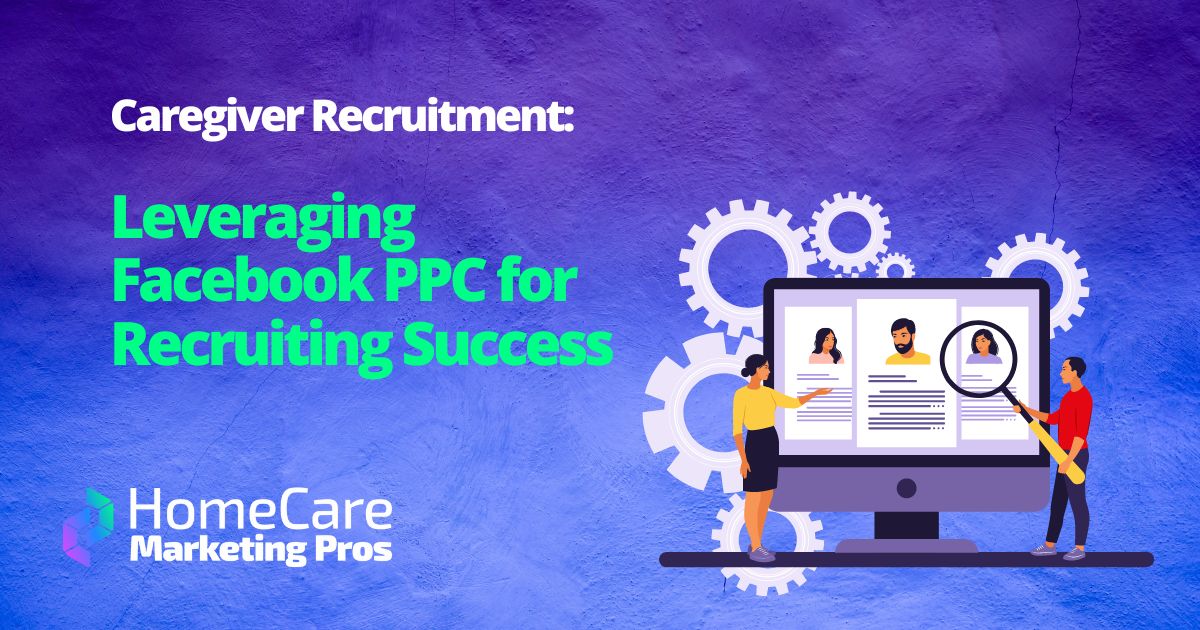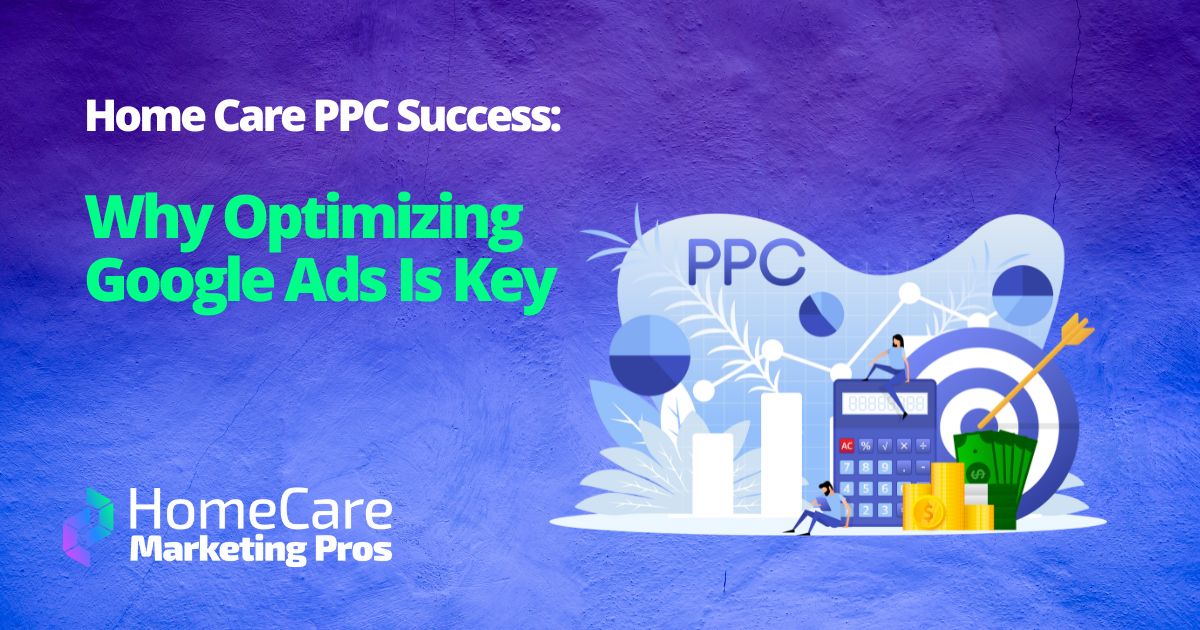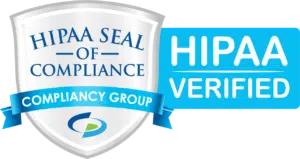Mastering PPC Optimization for Home Care Leads: Tips and Best Practices for Success
How to maintain PPC campaigns to add more leads to your home care funnels
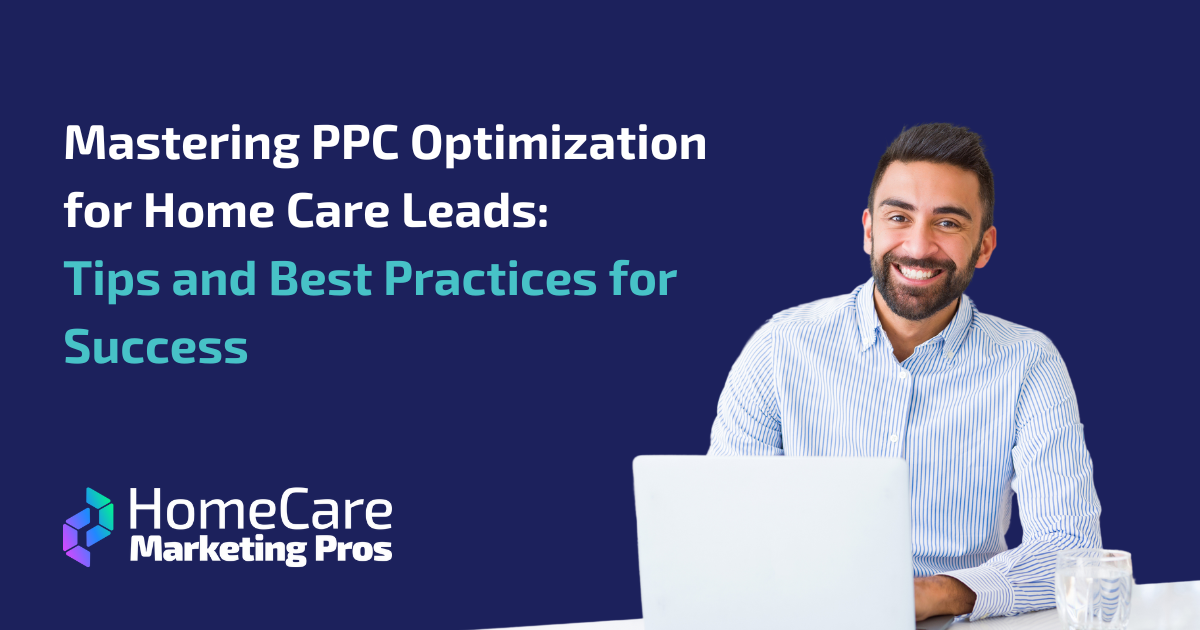
While pay-per-click campaigns can be a cost-effective way to quickly drive traffic to your agency site and add leads to your home care funnel, PPC requires careful planning and ongoing maintenance.
That ongoing maintenance is called optimization, and it’s a necessary part of any PPC strategy—it’s also how marketers produce the very best results.
What is PPC optimization?
Optimization is the act of making changes to a PPC campaign in order to improve performance. Sometimes those tweaks are small, like changing a few words in ad copy, while other changes take sophisticated data analysis, like reallocating ad spend to different keyword groups.
By optimizing campaigns, home care marketers can also learn more about their audiences and how to reach them.
9 ways to optimize your home care PPC campaigns
Lean into high-performing keywords
As you monitor the progress of your PPC campaigns, you’ll be able to spot the keywords that drive the most traffic to your site. Allocate more ad spend to those keywords and optimize ad copy to capitalize on user intent.
Test branded keywords
While optimizing PPC campaigns, it’s worth trying out a few branded terms, that is, keywords that include the name of your agency or the names of your competitors. You might find that this strategy lets you dip into the competition’s market share.
Eliminate keywords
Over time, you’ll be able to create a list of “negative” keywords, or keywords related to home care, but ultimately irrelevant to your audience or your business. When you designate negative keywords, you tell Google Ads to not serve your ad when certain keywords are used.
For instance, if you don’t provide any in-home adolescent care, you can exclude terms like teen or adolescent from your PPC campaigns.
Scale back on or retire underperforming keywords
Pause the keywords in your campaign that aren’t producing the results you want and redirect that budget to keywords that are driving traffic and conversions.
Refine audience segments
Just like keywords, your PPC platform will show you the characteristics of users who are most responsive to your ads, and the ones who aren’t. And with the proper analytics on your PPC landing pages, you’ll be able to see the users most likely to become leads. Comb out the least responsive users from your audience segments and use that budget to target the ones who are.
Adjust top bids
You may find that it’s worth spending more to bid on high-converting keywords. It’s often better to spend a little more on a strong bet than to dilute your ad spend over middling keywords. However, proceed with caution: Driving up the cost per lead too high can lower your return on investment.
Adjust ad copy
Every PPC campaign is an opportunity to test ad copy. You might start a campaign running an A/B test that puts two ads against each other: At-Home Care - Keeping Your Loved Ones Safe vs. At-Home Care - Keeping Your Loved Ones Active, when you know which one works, you can apply that insight to your current campaign, as well as future campaigns or landing pages.
You can make tiny adjustments, like using safe vs. active, or bigger ones, like rewriting the description entirely.
Add sitelinks
Sitelink extensions are those links that appear under both paid and organic search results. Sitelinks under this page-one organic results are highlighted in blue.
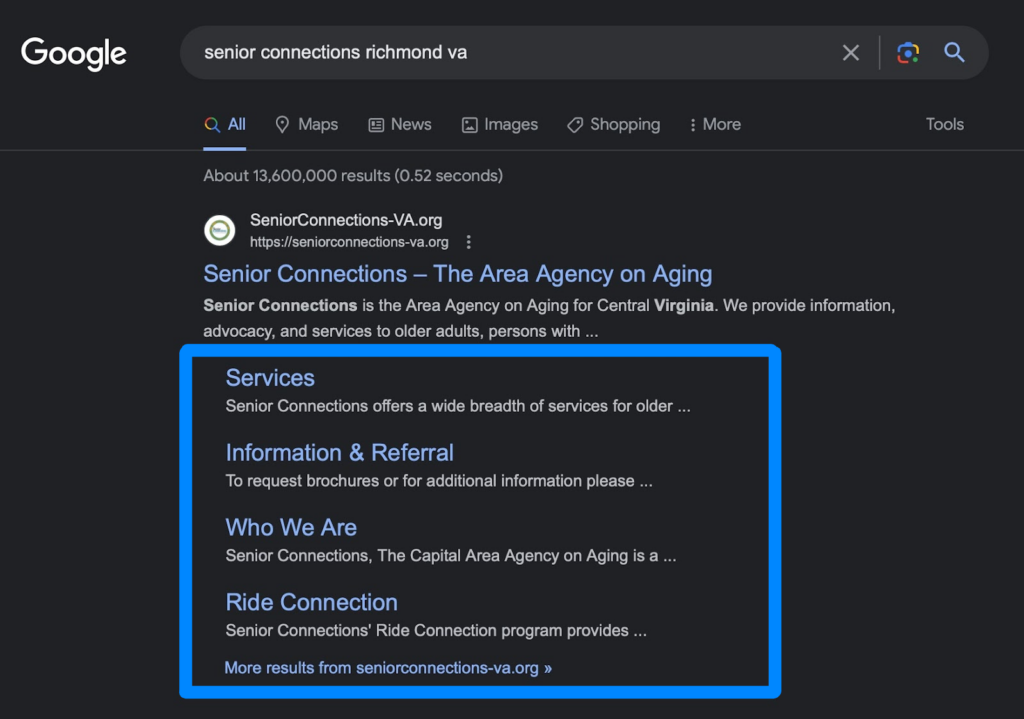
Some sitelinks are much smaller, and show up as one-liners under a search result, seen here, highlighted in green.
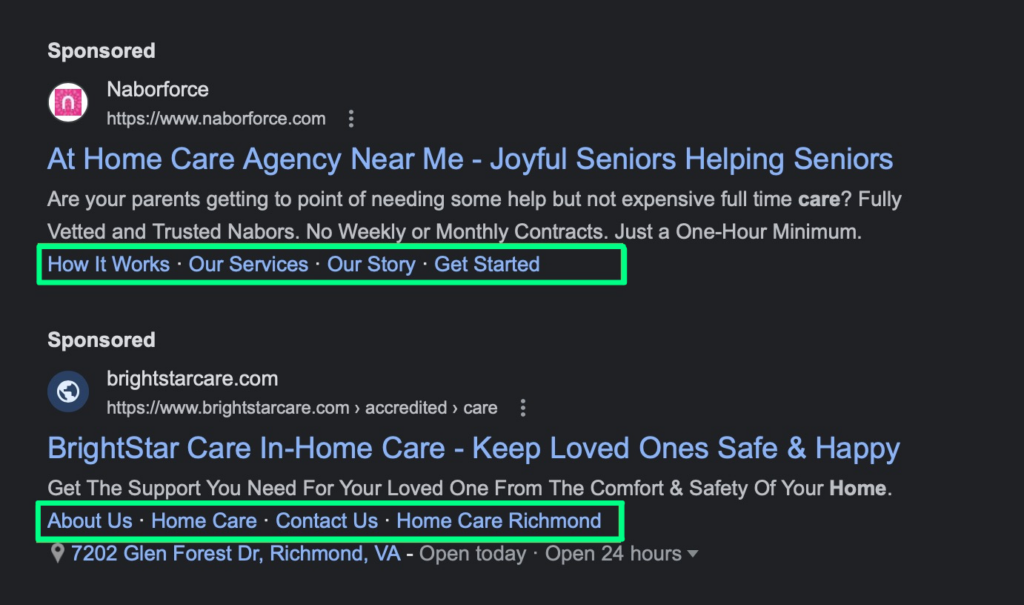
Enabling sitelinks can improve your click-through rate and give you greater visibility on the SERPs.
Note that simply adding sitelinks to your ad campaign doesn’t mean they’ll show up—those links have to be relevant to the query, so it’s unlikely that a sitelink about in-home developmental pediatric care would show up under an ad for senior companion care. Choose sitelinks (and copy) that matter to the users searching that query.
Improve landing pages for better conversion rates
Take a look at your landing pages: Which ones convert visitors into leads and which ones see a high bounce rate?
You can optimize your PPC landing pages by:
- Trying different button colors
- Testing new calls to action
- Swapping out images or videos
- Infusing different sentiments into your landing page copy
Much like ad copy, landing page elements can be tested in infinite permutations. Instead of changing everything and hoping something works, change only one, maybe two, things at a time so you can create test and control scenarios.
Try retargeting
Most PPC campaigns let you retarget users who have seen or engaged with your ads. Sometimes it takes seeing an ad several times before a user converts to a home care lead, and persistence can pay off.
How does PPC differ from SEO?
If you have an SEO strategy, you’ve heard the term optimization in the context of improving your website and its pages to rank on page one of the Google SERPs. You can also optimize your PPC campaigns, but the inputs and outcomes are slightly different.
SEO optimization
- Can take weeks or months to see changes in the SERPs
- Takes a longer time to produce results
- Cannot be A/B tested
- Optimizations don’t cost money
PPC optimization
- Changes show up in the SERPs right away
- Can produce results more quickly
- Can be A/B tested
- Optimizations cost money, and PPC budgets can easily swell
Home Care Marketing Pros can make PPC optimizations a breeze!
With Home Care Marketing Pros' PPC Management Services we make running and optimizing PPC campaigns easy. Find out more by watching our 1-minute walkthrough here!

